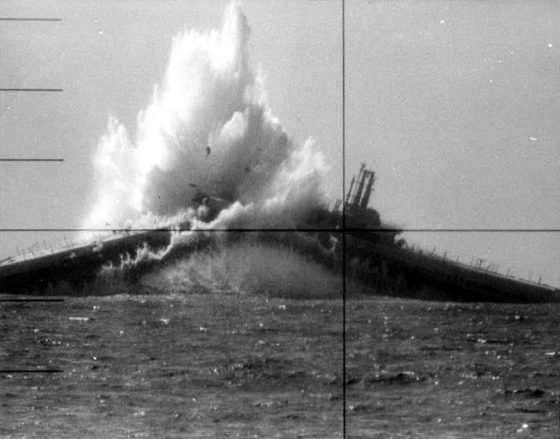
“An only son, Walther represents one of many who became known as the ‘Lost Generation.’”
Founded in 1851, the University of the Pacific is California’s oldest institution of higher education. No stranger to conflict, its hallowed halls kept a silent watch as America entered into the chaos of the Civil War and overseas expansion. Some of its students also experienced the wars with the Native Americans, the most famous being Olive Oatman, who was captured by the Yavapai in 1851 and later sold to members of the Mohave tribe. When America entered the First World War in 1917, Pacific again would do its part as the American Expeditionary Forces made its journey to France. From among its students and alumni, 141 men would serve in various branches of the armed forces. A few would become officers, the highest ranking being a captain. The majority would remain members of the rank and file. In recognition of this weekend’s 100th anniversary of the end of the First World War, MilitaryHistoryNow.com contributor and Pacific history professor George Yagi Jr. commemorates a one-time student of the California school who fought in France.
By George Yagi Jr.
MORE THAN four million Americans took part in the Great War; nearly 120,000 of them died while serving their country. Among them was Corporal Charles Eric Walther of Lodi, California.
A former student of Pacific’s Conservatory of Music who specialized in the violin, Walther was among the first drafted by the Selective Service Act in 1917. Upon receiving the news that he was to join the army, a sense of foreboding came over him as he believed he would not return home. Because of his musical training, Walther had the option of serving in a military band, but refused saying he, “would shoulder the musket.” When his period of training was complete, he was recognized as an expert marksman, and dispatched overseas.
On arriving in France, Walther eventually made his way to Company M, 109th Infantry, 28th Division, where he quickly found himself taking part in the Second Battle of the Marne. Involved in heavy fighting at Courmont, Rancheres, Frisne, Fisme, and Fismette, he was eventually wounded and sent to recuperate behind the front lines. His father, Charles Frederick recalled:
“He was mustard gas burned at Courmont and had to go to the hospital there as he could not keep up with his regiment. But was only in the hospital a short time. While there the hospital was bombed and a piece of shrapnel struck him over the eye which knocked him down and dazed him.”

Despite his wounds, Walther was soon back with his regiment on the frontlines as plans for another attack were being finalized.
The Meuse-Argonne Offensive remains the largest battle ever fought in American military history. During the course of the campaign, General John Pershing would command an army of 1.2 million soldiers, which would suffer over 120,000 casualties. For Walther, the campaign would prove deadly. After advancing with the rest of the army on Sept. 26, his company began suffering numerous fatalities. By the second day of battle his unit had lost all its officers, and by the tenth day, of the 6,000 men that had marched out of the trenches, only 600 remained. Among the fallen was Walther, who had died in front a German machine gun nest on his sixth day of battle. He was 28 years old.
The corporal had apparently advanced far beyond his fellow soldiers. When a burial squad sent out by his company collected the dead, they missed him, and he remained in the open for four days until being accidentally discovered when the 128th Field Artillery stopped for lunch. The officer who found him noted that Walther died holding his bible, which was filled with flowers he had gathered since his arrival in France. A chaplain arranged for the bible to be sent to Walther’s parents. The corporal was given a military burial where he had fallen.
Following the end of the war, families were given the opportunity by the War Department to choose if their loved ones should remain buried overseas or returned to the states. Walther’s father, Charles Frederick, and his step-mother Lena, decided they wanted their son home. After arriving in Lodi, Walther’s remains were laid to rest in the Masonic Cemetery in Elk Grove on Oct. 31, 1921. Writing to the librarian at the College of the Pacific, Harriet E. Boss, who was responsible for the school’s military records, Charles Frederick confided: “I am so glad that I have got him home at last where I can visit his grave and place a few flowers (which he loved so much) on it.”
Writing a tribute to Walther, Boss added: “He was of artistic temperament, but the incidents of his career prove that training in the finer arts of life does not unfit a man for bodily courage when duty calls.”
An only son, Walther represents one of many who became known as the “Lost Generation.” Struck down before his time, it can only be imagined how different the world might be had Walther, and humanity’s other aspiring musicians, artists, inventors, writers and teachers, were not fatally swept up in the tragedy that was the First World War.
Dr. George Yagi Jr. is an award winning author and historian at the University of the Pacific. Follow him on Twitter @gyagi_jr









